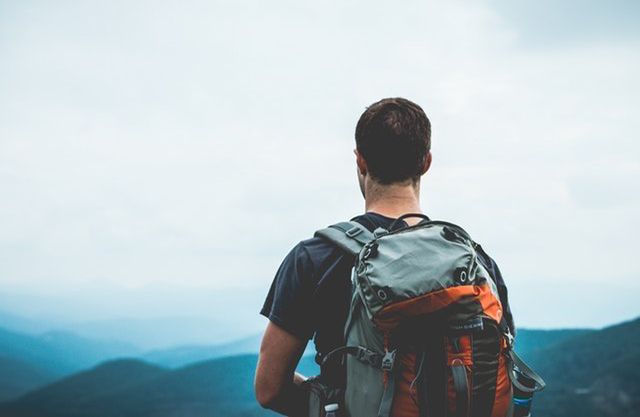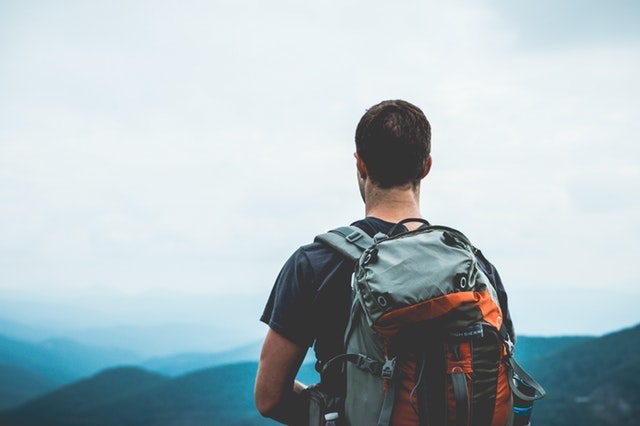
31 May Tips for Packing Your Hiking Backpack
Pro Tips for Packing Your Hiking Backpack
Getting out and exploring nature is one of the many joys of spring and summer time. Whether hiking through a peaceful forest or climbing a scenic mountain, you’ll most certainly need to pack a hiking backpack to take with you on your excursion. A backpack full of necessities and useful supplies will help make sure your hiking trip is safe and enjoyable. Depending on how long of a hike it is, you may not need to bring too many items. However, whether you’re packing for a short hike or an all-day adventure, you don’t want to be left without anything. Below are some tips for packing your hiking backpack like a pro.
Choose an Appropriately-Sized Backpack
If you’re going out for the day and are packing for just yourself, a medium-sized pack should do. This is usually enough space to pack items that you will need when hiking between the spring and early fall seasons, mainly because you do not need to pack many extra layers. If you’re packing for yourself and another person, opt for a large backpack. Another thing to consider when choosing a hiking backpack is the amount of size of extra pockets. You’ll want to consider having a convenient and safe place to store smaller items, such as car keys, wallets and sunglasses, where you won’t have to dig for them.
Gather the Right Items
You’ll definitely want to make sure you pack enough food and water to last the entire time you are outdoors. For water, it is best to pack half of a gallon per person if you’re going to be gone for several hours or most of the day. If it is a hot day, add at least a quarter gallon of water per person, or more depending on how much water you typically drink.
When packing food, pack items that contain carbohydrates and fats to provide you with energy, such as peanut butter and bagels. Salty snacks, such as trail mix, granola bars and saltine crackers, are also good to replenish sodium. To complete a lunch, you can pack dried or durable fruits and vegetables, such as an apple, carrots or celery.
Extra clothing, even in the spring and summer, can be extremely helpful. Packing a lightweight long-sleeved shirt and pants can help to prevent insect bites. In the event it rains while you are hiking, it will be useful to have dry clothing to change into. Also keep in mind that if you are hiking uphill, the temperature drops and wind increases with the rise in elevation. In this case, warmer layers should be packed.
Miscellaneous items you should include in your hiking backpack are:
- Mosquito Repellent
- A Map
- Sunscreen and a Hat
- Sunglasses
- First Aid Supplies
- A Knife or Multi-Tool
- Hand Sanitizer
Pack Items Sensibly
Now that you’ve gathered all of the items you’ll need, it is time to pack them. Smaller miscellaneous items, and ones requiring easy access, should be placed in exterior pockets. Place food and extra water on the bottom, with your extra articles of clothing packed in the order that you’ll need them. Place any softer or fragile foods in reusable containers to prevent them from getting damaged. Most hiking backpacks have pouches for water on the outside; be sure to use those to keep as much water easily accessible as possible.
Whenever You Need Insect Repellent, You’ll Want NET effect
There’s no doubt you’ll need insect repellent while you’re hiking and enjoying the great outdoors, and NET effect provides a much more enjoyable experience than spray-on repellents. With our unique roll-on applicator, you can safely apply insect repellent without worrying about ingesting it or disrupting those around you. NET effect contains 20% DEET, which is one of the most effective ingredients in repelling mosquitoes, ticks, biting flies, fleas and other pesky insects that are abundant out in nature. NET effect also comes in a convenient 1.7-ounce bottle, so it will easily fit in your backpack with your other hiking essentials. To purchase NET effect, visit the “Shop” page on our website today!


